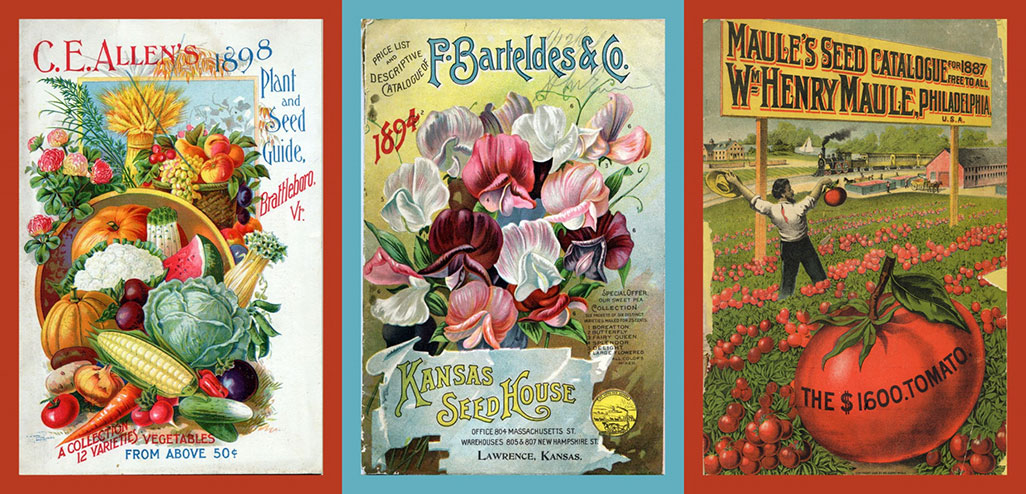
Topiaria gaudium fever
Have you heard? There is a strange fever going around. Strangely, it only affects gardeners. I call it ‘Topiaria Gaudium Fever’. It is a special condition marked by high levels of excitement caused by the anticipation of the new gardening season. Round about now you can find gardeners up and down the land working up a sweat as they are feverishly studying long lists that look like pages of the phone book (phonebook? Who the hell still uses these?) It is impossible to catch their attention. Their eyes glazed over, they are almost drooling with febrile excitement as they utter strange sounds and incomprehensible words that make no sense to most other mortals.
It is an annual condition and immunity does not seem to build up over time. Despite the fact that the land is buried under a thick layer of snow, gardeners are getting excited about future possibilities, exotic varieties, rare beauties, and even over bog-standard varieties of garlic or potato. They are not the same, you see. There is a world of difference between a Butte Russet and Russian Banana, wouldn’t you know?!
Our gardening friends are studying their seed catalogs and they can agonize over such lists for days. With so many varieties, what should one choose? Which variety is best suited to their specific climate and will it get on with the neighbors? Decisions, decisions…
What pains them are all the seeds that they have to say ‘no’ to for lack of space or adverse climatic factors. And yet, it is amazing how much even a relatively small area will give you if you know how to make the most of the available space.
A good plan is half the work
Garden planning is the ‘unseen’ work of the gardener, but if you want success, it is one of the most important stages. A good plan is half the work. And it is such fun, too! Skilled gardeners optimize the available space by intercropping, companion planting and vertical gardening. That way you can make the most of each season. Some early crops, like spinach, peas, rocket or radishes are ready to harvest before the main summer crops just get going. But timing is everything, so you have to be on the ball!
‘Intercropping’ means to grow several crops together or in close proximity. But planting willy-nilly won’t do. Some plants compete more than others and some need a lot of space once they get beyond the seedling stage. Ideally, you should aim to grow plants together that don’t go after each other’s resources, both in terms of space and in terms of nutrients. In horticulture, this practice is also known as ‘companion planting’ and you can actually grow a lot of different veggies all in the same bed as long as you give them enough space.
In colder climates, it is important to start seeds off early, indoors, to give them a head start. By the time it gets warm enough for them to go out they will be strong little plants. But starting them off too early can also be problematic. Every window sill eventually runs out of space. And also, some plants have a tendency to get dangly if they are kept indoors for too long. Instead of growing strong, they grow feeble. Thus, studying the seed catalogs, which provide information about the optimal growing conditions, planting and harvesting times, is time well spent. If you limit yourself to those varieties that are hardy in your climate and can withstand the odd weather adversity, you are doing great!
To visualize what your garden will look like, and to get an idea of what needs to be done at which time of the year gives you a huge head start. You will be reward with a steady harvest for the most part of the year.
P.S. And while you are contemplating seeds, think about the bees and the butterflies as well. Use open-pollinated seeds and don’t forget to put some out for the birds!
Eager to find out what you could sow this month? Check out ‘What to sow in January‘.

